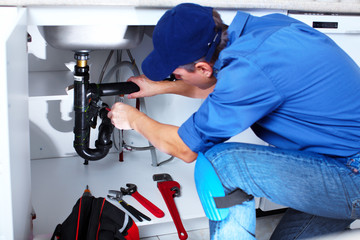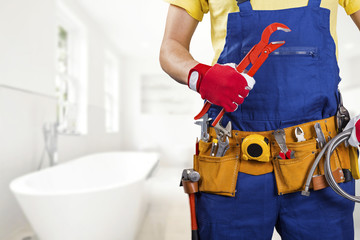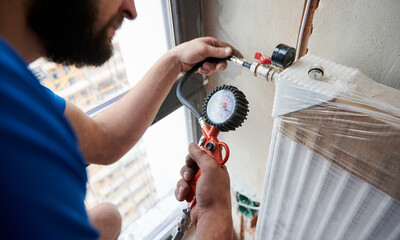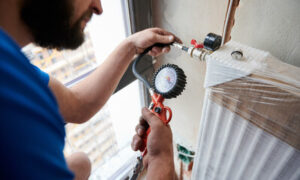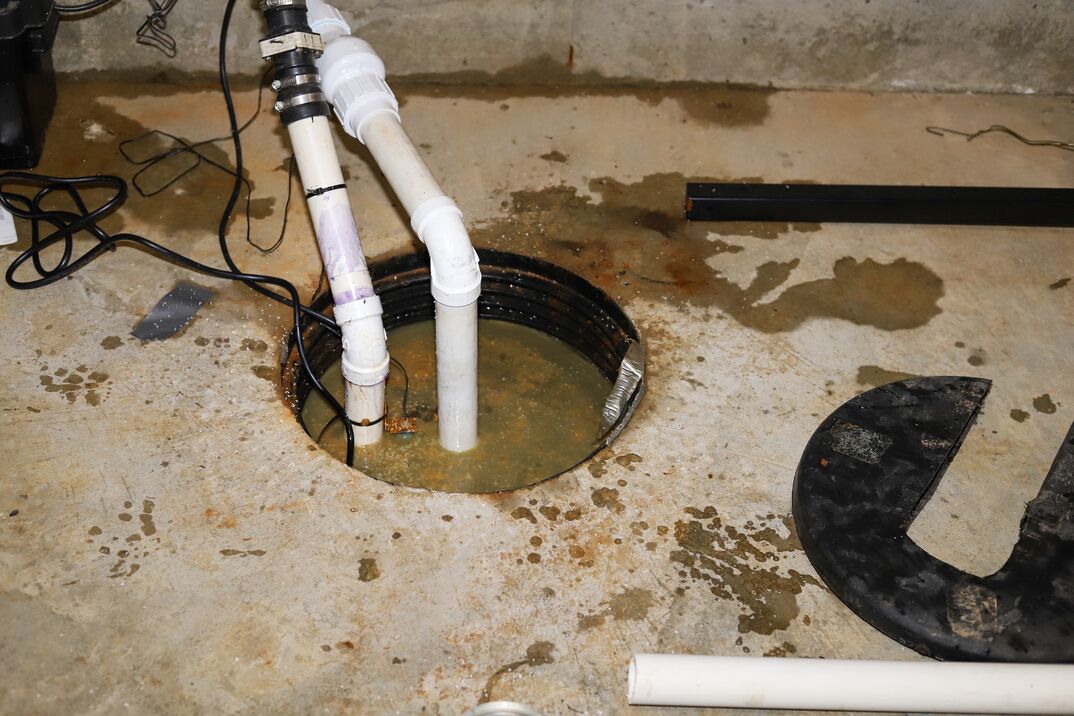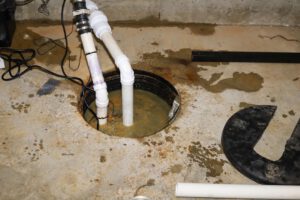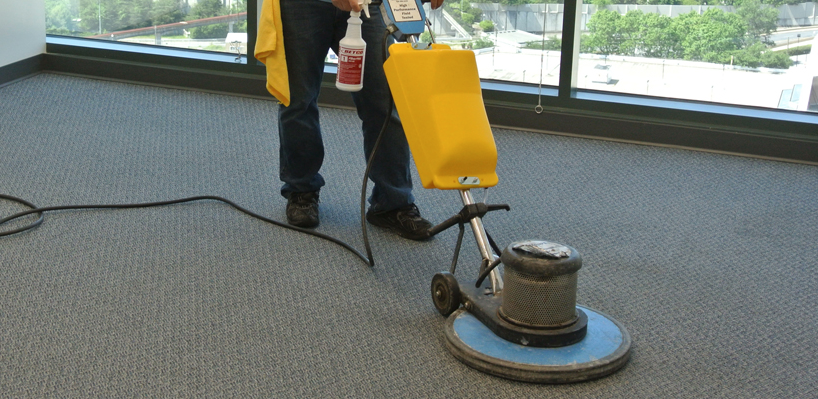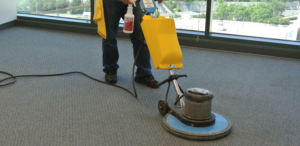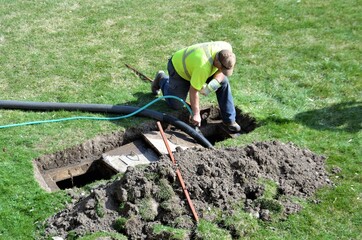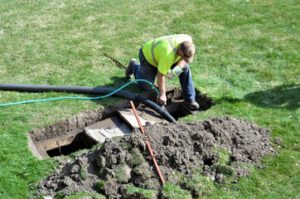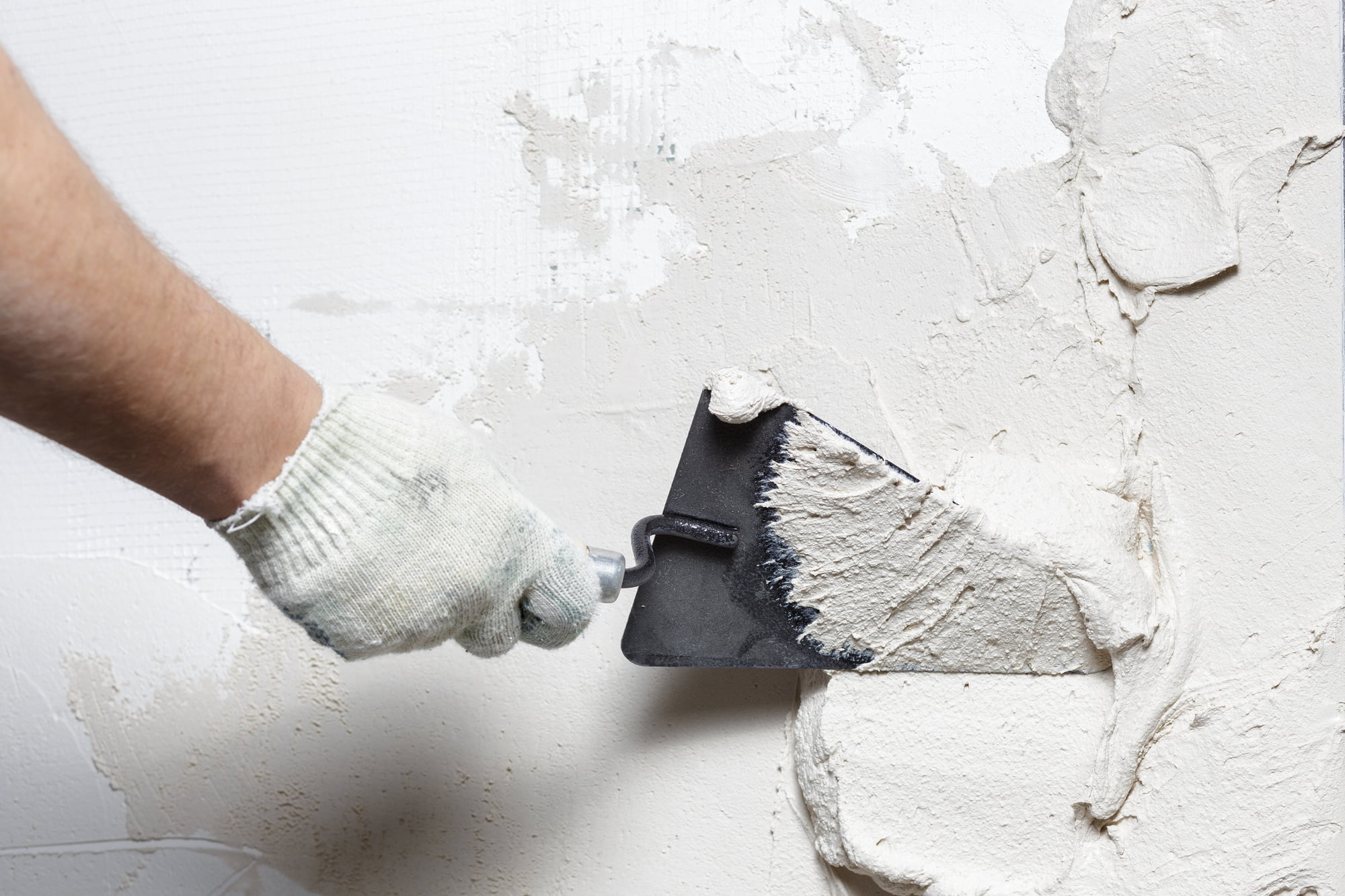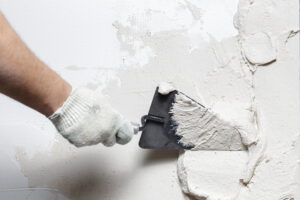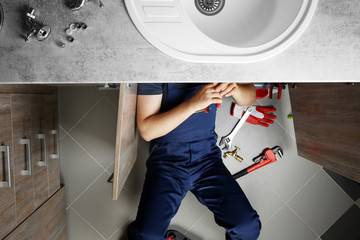A career in plumbing involves the use of pipes, valves, fixtures, and other apparatuses to convey fluids. Freedom Plumbing specialists use specialized tools to complete various plumbing tasks. The pay for plumbers varies. Below are the benefits of a career in plumbing. If you’re interested in a career in plumbing, keep reading. We’ll cover the basics, the tools used by plumbers, and the pay scale. Become a plumbing professional by reading this article!
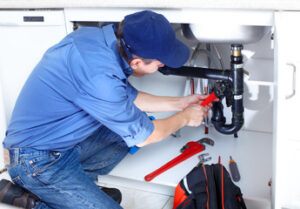
The basic laws of nature are gravity, pressure, and water level. These laws of nature help us to understand how our plumbing systems work. For example, freshwater coming into our homes is pressurized and can travel around corners and upstairs. These three laws are what keep our plumbing systems running smoothly. Understanding these laws can help us to ensure that they always function correctly and prevent any unpleasant surprises. This article will cover some of these basic principles.
As an example, the law of conservation states that energy cannot be created out of anything and can’t be destroyed. As a result, there’s no way to create energy from nothing, but that doesn’t mean it can’t be converted either. Another example is the law of momentum. It’s useful because it applies in all situations. If the flow of energy goes down, so will the pressure. The same applies to water.
The fundamental law of conservation of energy is just as vulnerable to falsification as any other. It isn’t possible to create energy or destroy it. However, the laws of nature can be tested from different heights so that we can make predictions about their interrelationships and behavior. Eventually, they are established. If you’re unsure of a certain law, it’s worth checking. So, what are the basic plumbing laws?
A plumber’s salary depends on the number of pipes in your home. A well-maintained plumbing system is made up of pipes connected to each other. The pipes are connected by a water supply pipe. If you want to save money and time on plumbing, you should know more about the system. There are two major subsystems in your home: one that brings fresh water into your house and one for wastewater. Understanding how these two subsystems work will help you identify common problems and make simple repairs without having to call a plumber.
Components of a plumbing system
In today’s modern society, it is vital to know about the plumbing systems within our buildings and how they function. Plumbing is an extensive system of pipes, faucets, fixtures, and other devices that distribute and remove waste water and potable water throughout a building. It is also a trade – installing and repairing plumbing systems. Read on to learn more about the plumbing systems in our buildings. But before you begin your project, you should first understand what plumbing is.
Water supply systems provide clean water and drainage to our homes, and the drain-waste-vent system exhausts gases from the plumbing system. In a commercial project, plumbing systems transport natural gas and propane to buildings. Plumbing systems can also transport other fluids like wastewater. Plumbing professionals can help you determine how much water you need for your building and design a plumbing system that meets these needs. A professional can design and install the plumbing system to meet your building’s specific needs.
Plumbing systems are composed of several components that work together to provide adequate potable water supply, a safe drainage system, and adequate fixtures and equipment. Plumbing contractors install hot and cold water plumbing and sanitary plumbing systems, which are both essential for everyday life. Plumbing professionals also install faucets and sinks, plumbing fixtures, valves, and equipment to convey water. The plumbing system is among the most basic systems in a home.
Water pressure and friction limit the height at which water is distributed. Therefore, plumbing systems must be protected against damage. To prevent this, pipes and fixtures must be recessed into the wall or installed in an appropriate way. When choosing fixtures and pipes for your building, it is important to choose those made of safe and non-toxic materials. This will ensure the quality of the plumbing system. Further, plumbing companies can provide affordable plumbing services.
Tools used by plumbers
Plumbing technicians carry a variety of tools in their toolbox. Many plumbers carry a screwdriver as a basic tool because it provides maximum leverage for tightening small nuts or fittings. Some plumbers even carry a cable cutter for removing broken nipples and fittings. Plier blades are made of premium chrome molybdenum steel and are specifically sized to fit tight spaces.
Another useful tool is an adjustable wrench, which is often used in place of a full set of wrenches. Designed to fit different size pipes, this wrench is useful for adjusting pipe connections and opening and closing nozzles and sillcocks. An automatic drain auger is a handy plumbing tool that makes clogging easy and grabs clogs deep within a pipe. A pivoting head is designed to reach cramped or awkward spaces, and a telescoping handle allows a plumber to extend his or her reach.
Wrenches are another handy plumbing tool. This wrench has several sizes, including an adjustable wrench with a removable handle. Many plumbers keep 6-inch and 10-inch versions on hand. Various sizes are also available, and plumbers can choose from one that suits their needs. An X-shaped faucet key is also a useful tool for plumbers. The wrench can be adjusted to fit different pipe diameters and allows the plumber to reach inaccessible locations.
Plumbing cutters are also essential plumbing tools. These tools are used to cut copper pipes. They are made of hardened steel and are safe to use compared to a hacksaw. The cutter cuts copper pipes with each revolution, making them less likely to break than pipes made of other materials. And while plumbers can also use a hacksaw, a pipe cutter makes it much easier to work with. This tool also has an extra blade for cutting pipes.
Pliers are another necessary plumbing tool. A plumber may use pliers to open and close fittings. They are also useful for turning irregularly-shaped objects, such as pipes. The pliers also have an adjustable screw so that plumbers can use them according to the size of a fixture. A wrench is also handy for tightening or loosening screws. So many plumbing tools are indispensable! So, what do you need for plumbing?
Pay scale for plumbers
When looking for a new job, one of the most important aspects is the pay scale. The pay scale for plumbers varies widely by state and city, so it’s important to take into account your location when comparing salaries. For example, plumbers in the biggest cities will typically make more than their counterparts in smaller cities. Pay ranges for plumbers in these cities are often more attractive than the average plumber salary in a particular state.
In the states, salaries for plumbers are typically higher than those in less-populated areas. The highest paying metropolitan areas employ more than half of the nation’s plumbers, while nonmetropolitan areas employ just about one-third as many. While it has the most plumbers, it comes in second with nearly forty-seven thousand. They are both home to over twenty-four thousand plumbers each. Meanwhile, the nonmetropolitan area of the east employs only 40 plumbers, while the metro has around 4,700.
Depending on the location, a plumber can earn between thirty-five thousand dollars to ninety-thousand dollars a year. The pay range for plumbers can vary by state but is typically around fifty-five thousand for a journeyman. A master plumber, on the other hand, has the most autonomy and earning potential, earning well over a hundred thousand dollars a year. If you’re a plumber looking for the perfect job, you should consider expanding your business and learning how to manage your payroll. Employee time tracking apps can help reduce this burden by providing a simple way to track your employees’ hours. Besides time tracking, Connecteam also helps you add additional features, such as auto-calculated breaks, bulk shifts, and vacation and sick days.
The pay scale for plumbers varies widely by location, as the cost of living is an important factor. While it has the highest starting salary of any major city, the average salary for a senior plumber is more than double that of the average plumber in the city. Cost-of-living bonuses are available in every city in the data, too, making it essential to consider these factors when comparing salaries for plumbers.

